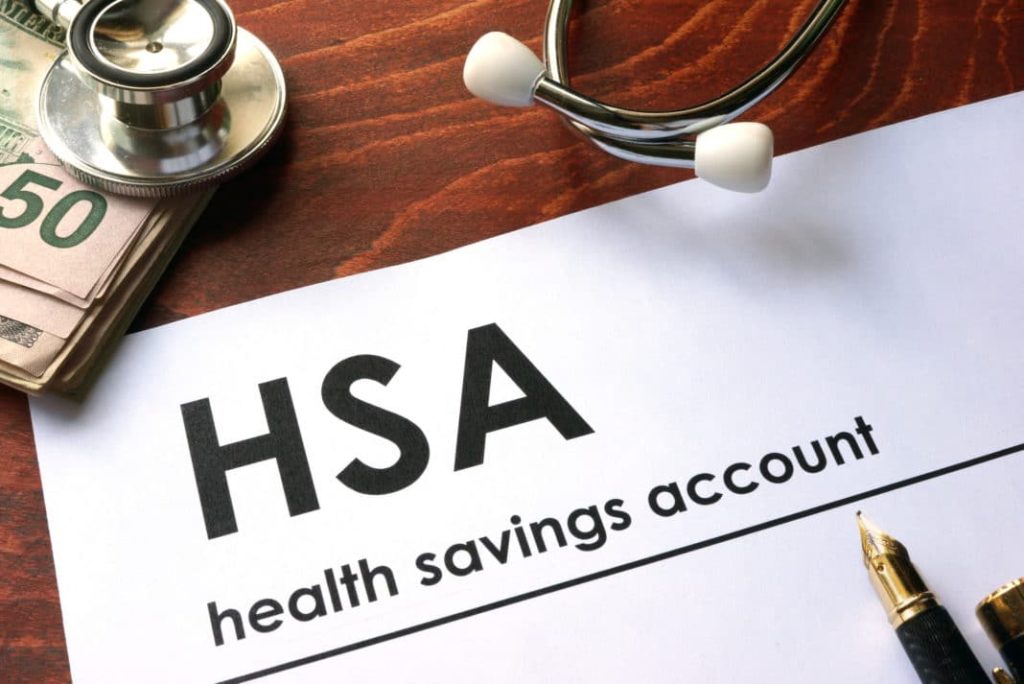Last year, the number of people who bought high-deductible medical plans or consumer-oriented medical plans increased to 22 million, according to the Research Institute for Employee Benefits. In 2010, approximately 17.2 million of those who bought their own insurance had high deductible plans.
Nearly 10 million have also invested in health savings, or HSA, to help them cover their health care costs until their deductible is met. According to the census of the United States Health Insurance Plans, this represented a 25 percent increase for health savings accounts in just one year.
Public demand for high-performance health plans grows
With an increase in health insurance rates of up to 40 percent, it is not surprising that more people switch to high-deductible healthinsurance plans. Premiums for such plans can be between 30 and 40 percent lower than the cost of co-payment plans. This is a plan that charges about $ 25 or $ 35 for doctor visits and sometimes with a prescription.
Although a visit to the doctor costs $ 25, co-payment plans may cost more healthy people than high-deductible plans. Compared to PPO plans, where the average cost of visiting a doctor in the network is approximately $ 65, copayment plans save patients about $ 30 or $ 40 per doctor visit. To reach the breakeven point, patients should visit their doctor at least eight times a year.

Now that preventive care, which includes annual check-ups and exams and preventive procedures, is fully covered by plans acquired after health care reform, people are more likely to maintain their health and need less medical services. If you don’t need to see a doctor often, maintaining a copayment plan can be expensive.
Health savings accounts offer more to those in high brackets
For those with relatively high tax rates, some health insurance plans with high deductibles also offer another way to save money. Some of these plans allow you to open a savings account at several banks or other financial institutions and obtain significant tax benefits.
High deductible plans that can be combined with health savings accounts generally include deductibles of between $ 1,250 and $ 5,950 for individual plans. Family plan deductions vary from $ 2,400 to $ 11,900.
Any money deposited in the HSA of up to US $ 3,050 for individuals or US $ 6,150 for families is considered an “on-line” deduction for filing federal income tax. Above the line it is indicated that you do not need to make a list to get a deduction. You can still accept the standard deduction.
Almost all states have joined the federal government and do not tax HSA fees. The most recent state to enact such legislation is Wisconsin. Governor Scott Walker issued that law when he signed his first bill this year.



